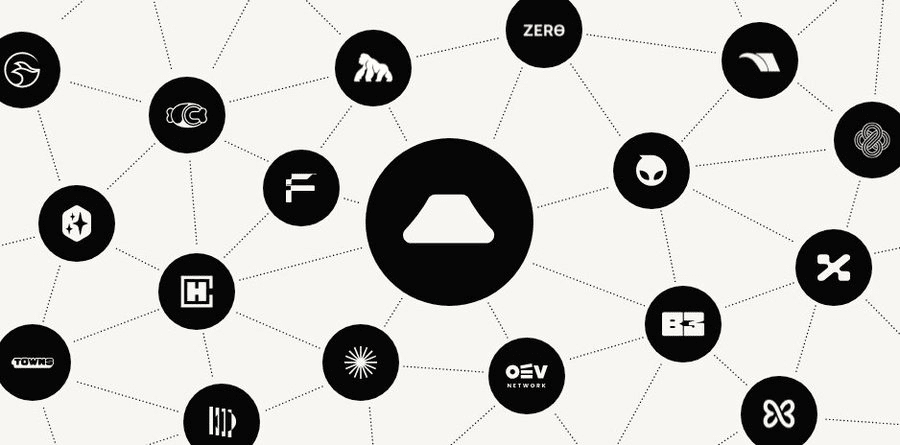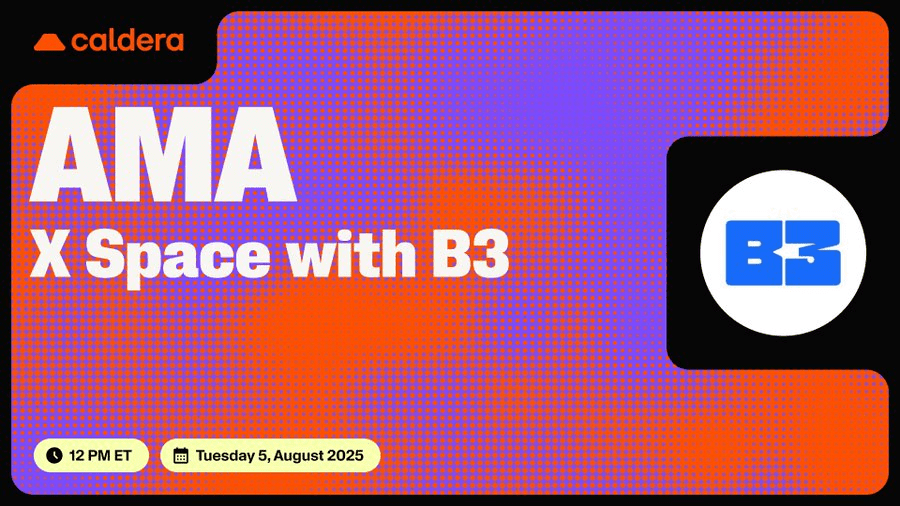In traditional blockchain systems, the isolation of data and interoperability issues have always constrained the development of decentralized applications (DApps). With the emergence of Caldera (ERA), blockchain has entered a new era of modular internet. It is not just a blockchain project but a customizable and interconnected ecosystem that provides a new technological architecture for achieving a decentralized internet.
Modular architecture: Unlocking personalized blockchain ecosystems.
Caldera's modular design is one of its biggest differences from traditional blockchain systems. Traditional blockchains often need to operate within a fixed framework, while Caldera allows developers to customize blockchain modules based on specific needs. Whether it's consensus mechanisms, data storage, or on-chain protocols, developers can choose and modify according to actual application scenarios. This highly customizable feature makes Caldera a platform that truly meets the diverse needs of blockchains.

Interconnection: Breaking down barriers between chains and enhancing cross-chain efficiency.
In addition to modular design, Caldera also emphasizes cross-chain interoperability, allowing different blockchains to connect and interact seamlessly. Using Rollup technology, Caldera enables rapid flow of data and assets between various blockchains, significantly improving the efficiency and interoperability of decentralized networks. This cross-chain capability not only allows applications to overcome barriers between chains but also lays a solid foundation for further expansion of the blockchain ecosystem and the development of decentralized finance (DeFi).
Bridge to the decentralized internet: The future of Caldera.
Through Caldera's Rollup internet architecture, decentralization is no longer just an ideal but a truly feasible solution. Whether it's developers or users, everyone can find suitable decentralized applications or protocols on Caldera. It advances blockchain from an isolated technology build towards a globally connected decentralized internet, paving the way for the widespread application and popularization of Web3.



